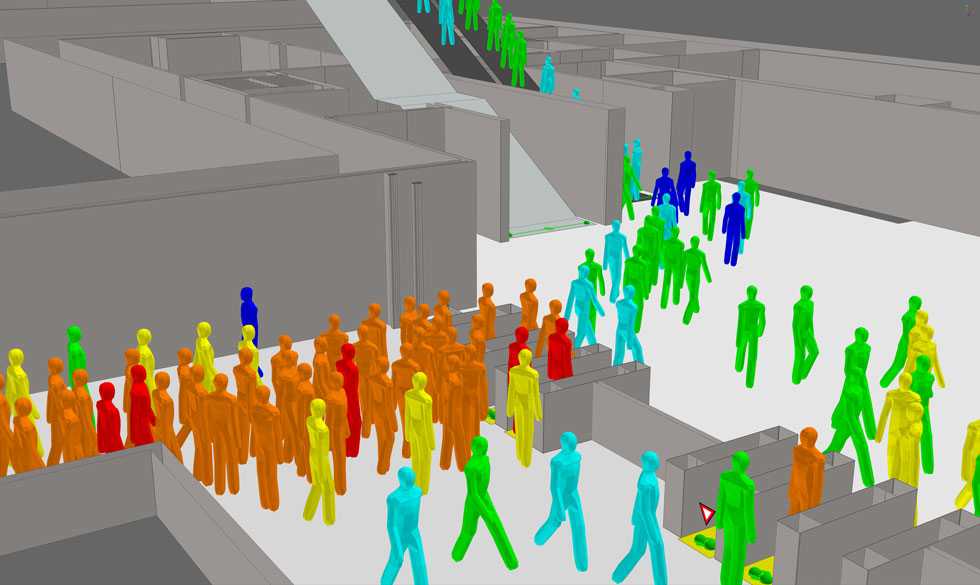Crowds are created when a large group of people are together either in transit or stationary. This can be in many different situations, with some of the most common crowds being those at a stadium concert, those at a football match or those congregating for a celebratory event. However, although these events are exciting and enjoyable, many of them run the risk of being incredibly dangerous and can cause death if not organised safely. With the help of advanced crowd technologies though, crowds are becoming safer – and disasters are being averted.

Investing in pedestrian modelling software, Oasys is a technology firm thatis implementing software that allows architects to design and construct buildings which are safe for their users when many people are congregated together. By investing in technologies that analyse, evaluate and provide data regarding the safety of a crowd, event organisers are obligated to keep crowds safe – and when these technologies are used efficiently, they can help in this endeavour.
Identifying Disasters Within a Crowd
Trampling is not always the most common form of disaster or death in a crowd; it is the powerful movement of a crowd that can kill people. The force exerted from a crowd can be up to 4,500 Newtons, or 1,000lbs. As well as this, objects that are supposed to protect crowds can become a life-threatening hazard. For example, steel railings that are supposed to guide crowds through a stadium can bend and cause injury to those crushed against them. This type of pressure exerted on the body can cause compressive asphyxia, which leads to suffocation – the most common cause of death within a crowd.
The Ibrox Disaster of 1971 is an example of when crowd surges can go wrong and cause multiple deaths. At this event, 66 people were crushed and killed during the accident, which was probably because of one person tripping down a stairway. This then caused a chain reaction which resulted in a mass pile from back to front within the crowd, leading to compressive asphyxia for many.
Event organisers, those who manage crowds at an event and architects all need to use pre-emptive technologies which allow users to spot dangers before they happen within a crowd. Therefore, these technologies are crucial in saving lives, avoiding disasters and reducing injury rates at popular events.
Crowd Disasters and How to Avoid Them
This is more often than not a difficult task; however, technologies are changing this attitude and making it easier than ever to protect the safety of event goers in a crowd. Setting limits regarding how many people are allowed to enter an event doesn’t require technology, but once crowds are inside a stadium or other type of complex structure – technologies can be used to assess and manage crowds and their safety.
During a crowd surge, access points and exit points must be put in place so that crowds can move freely during an event. Using technological systems, a timed exit can be implemented by assessing what exits need to be used at any given time so to assure the safety of the people exiting during an emergency.
As well as exit strategies – by using tools such as Oasys’ MassMotion – those who are managing crowd control at an event could assess how much pressure could be asserted onto a crowd before levels become unsafe. This can be a useful tool during evacuation planning, as this may lead to limiting the maximum capacity of people allowed in an event at any given time.The technology also offers unparalleled access and insight into how a crowd will react during a stressful situation before it occurs – leading to measures that may stop panic situations and disasters developing in the future.
Sources:
- http://www.bbc.co.uk/programmes/b00x53wd
- http://www.gkstill.com/ExpertWitness/CrowdDisasters.html
- http://www.crowdsafe.com/fruincauses.pdf

